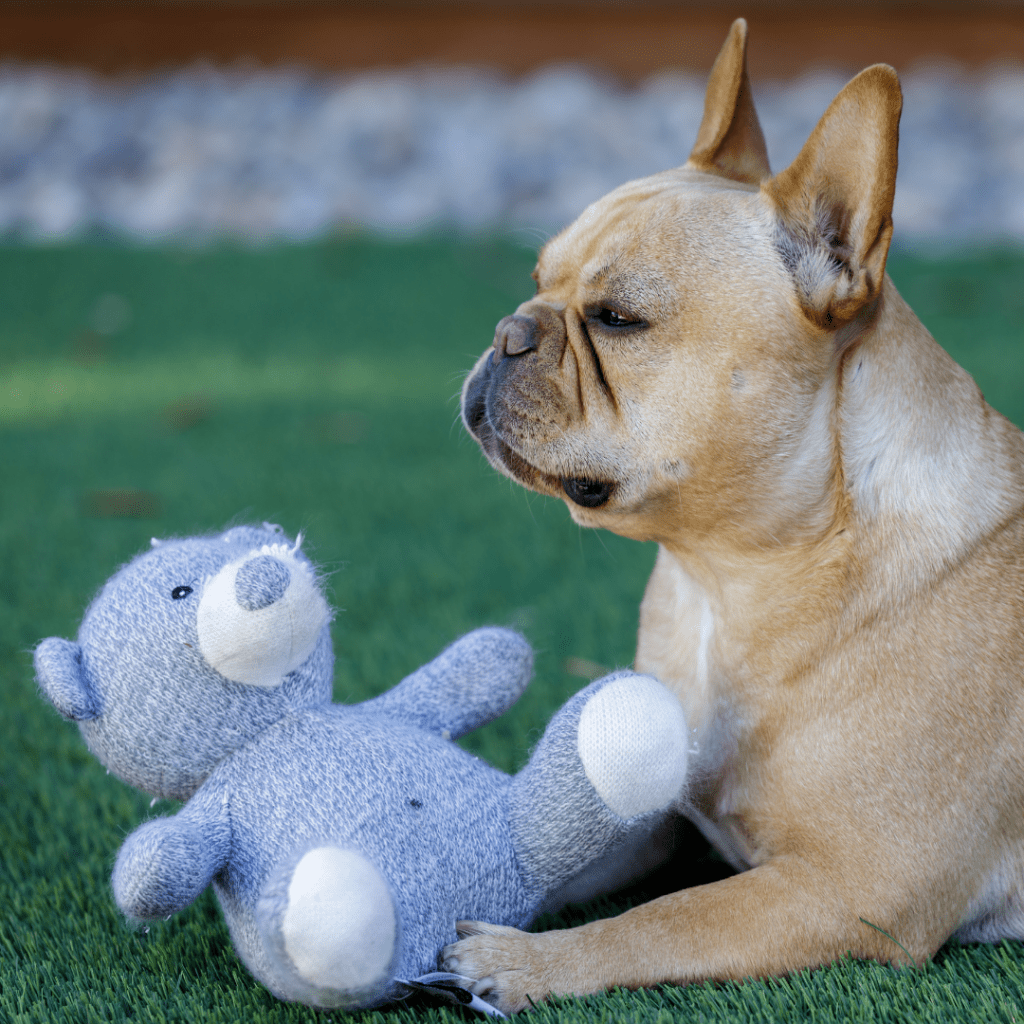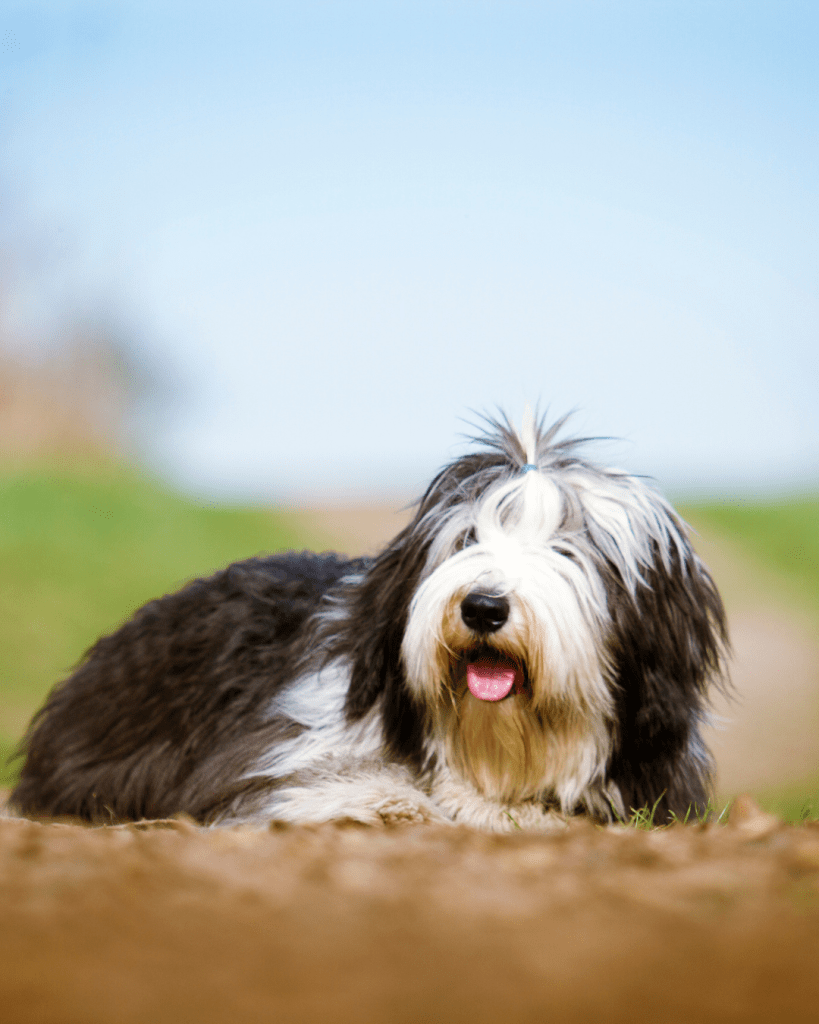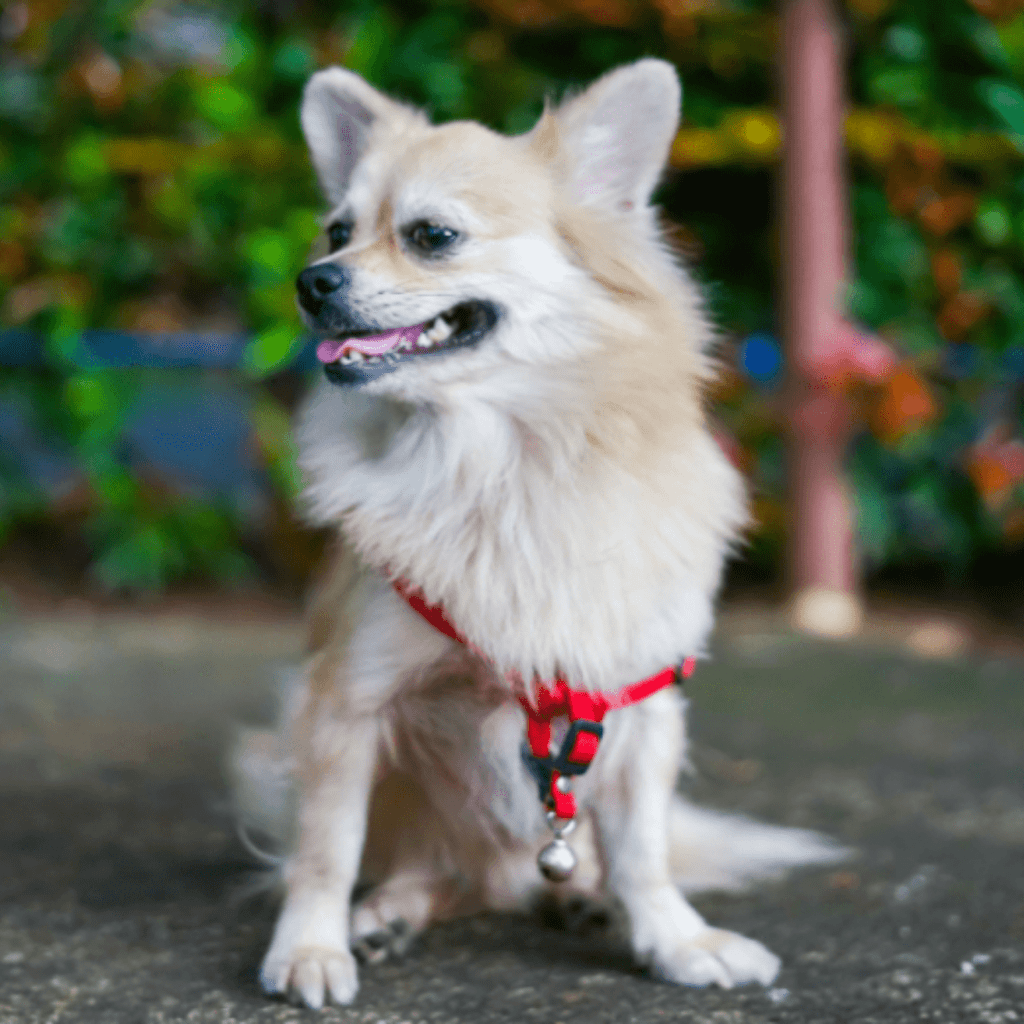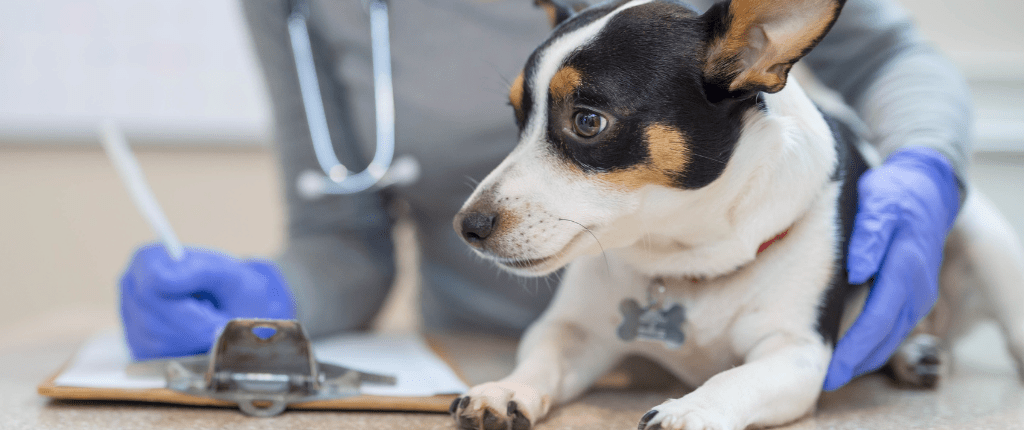Clinical Services
Surgery

The Companion Animal Surgical Service at the Ontario Veterinary College offers neurosurgery, abdominal and thoracic surgery, cardiovascular and oncologic surgery, and reconstructive surgery. The Surgical Service also offers specialized techniques such as minimally invasive endoscopic surgery, laser procedures and hip replacements. To learn more about the Companion Animal Surgical Service at the OVC, please click here.

Assessing the Impact of Airway Surgery on Activity Levels Using Wearable Devices
Scientific Title: Prospective evaluation of the surgical efficacy of brachycephalic obstructive airways syndrome (BOAS) surgery on habitual physical activity (HPA) in brachycephalic dogs using a wearable accelerometer
Study Investigator: Dr. Ameet Singh
Graduate Student: Dr. Makayla Farrell (DVSc)
With the rapidly surging popularity of brachycephalic dogs (short nosed, flat faced i.e. French Bulldog), the prevalence of brachycephalic obstructive airway syndrome (BOAS) has concurrently increased. This condition causes severe breathing difficulties and is a common reason for veterinary visits.
For dogs affected by BOAS, surgical management is often recommended to try and improve breathing and quality-of-life. Currently, there are no studies that objectively assess how BOAS surgery affects dogs’ activity levels and sleep disturbances postoperatively.
Financial incentives are available. This study is partially funded by OVC Pet Trust.
Inclusion criteria:
Brachycephalic dogs <5 years of age, with breathing difficulties as a result of BOAS

ON HOLD FOR RECRUITMENT – Understanding Spinal Muscle Function in Dogs with Intervertebral Disc Disorders
Scientific Title: Canine Paraspinal Muscle Biomechanical and Physiological Properties Related to Intervertebral Disc Disorders
Study Investigator: Drs Alex Chan, Fiona James and Stephen Brown
Graduate Student: Josh Briar (PhD)
Spinal degeneration causes pain and disability in both dogs and humans with treatment often involving surgery. Because spinal degeneration is associated with the degeneration and dysfunction of spinal muscles, these muscles are a prime target for patient rehabilitation strategies. In humans and dogs, we do not fully understand how these muscles degenerate and the impact of these changes on muscle function. The research team is working closely with human clinicians and recruiting both humans and dogs into this comparative study!
Inclusion criteria:
- Dogs with a confirmed diagnosis of acute disk herniation and/or intervertebral disc degeneration (IVDD) undergoing MRI and standard of care surgery

Evaluating the Use of Fluorescent Dyes in Dogs Undergoing Liver Mass Removal Surgery
Scientific Title: Evaluating the Use of Fluorescent Dyes in Dogs Undergoing Liver Mass Removal Surgery
Study Investigator: Dr. Brigitte Brisson
Graduate Student: Dr. Rachel Dobberstein (DVSc)
Dogs are prone to developing liver cancer. In humans, fluorescent dyes are used to identify liver tumours and determine appropriate tissue margins for complete surgical removal. This same technique may be used in dogs with liver tumours and as it does in people, the fluorescence imaging may guide surgeons in determining the required margins to remove the entire tumour.
Financial incentives are available. This study is partially funded by OVC Pet Trust.
Inclusion criteria:
- Dogs undergoing an open (laparotomy) abdominal surgery at OVC-HSC
- Dogs diagnosed with primary liver neoplasia or abdominal neoplastic lesions that commonly metastasize to the liver by time of diagnosis e.g. splenic HSA.
- Cancer diagnosis will be suspected based on recent (<14 days) abdominal ultrasound or abdominal CT scan at OVC-HSC

ON HOLD FOR RECRUITMENT – Exploring a Novel Nanoparticle Combined with Light Therapy to Treat Oral Tumours in Dogs
Scientific Title: Exploration of Nanoparticle-Enabled Image Guided Photoablation in Veterinary Patients
Study Investigator: Dr. Michelle Oblak
PORPHYSOME-enabled therapies can have an immediate impact on cancer management providing better patient outcomes. This study will evaluate the potential applications of the novel nanomedicine (PORPHYSOMES) and PDT in veterinary clinical patients with oral tumours.
This project is part of the Veterinary Medical Innovation Platform aligned with Dr Michelle Oblak’s research chair with OVC and Animal Health Partners!
Financial incentives are available. This study is fully funded by the Canadian Cancer Society.
Inclusion criteria:
- Dogs ≤ 60kg, with a confirmed oral tumour (any type) and interested in pursuing CT and surgery will be eligible for this study
- There will be two arms: PDT + surgery and monotherapy; these will be explained by the clinical trials team at enrollment

Evaluating the Use of Fluorescent Dyes in Dogs Undergoing Gallbladder Removal Surgery
Scientific Title: Evaluation of Indocyanine Green (ICG) Cholangiography in Dogs with Hepatobiliary Disease Undergoing Cholecystectomy
Study Investigator: Dr. Brigitte Brisson
This study aims to determine the clinical usefulness of a safe fluorescent dye (indocyanine green, ICG) in canine patients with hepatobiliary disease scheduled to undergo gall bladder removal surgery by assessing whether it improves visualization of the biliary tree during surgery.
Financial incentives are available. This study is partially funded by OVC Pet Trust.
Inclusion criteria:
- Any dog undergoing routine gall bladder removal surgery (open or laparoscopic cholecystectomy) during normal operating hours at the OVC

Comparison of Two Surgical Techniques and Long Term Outcomes to Alleviate Congenital Constriction in Dogs
Scientific Title: Prospective, Long-Term Evaluation of Esophageal Function and Clinical Outcome Following Surgical Treatment of Vascular Ring Anomalies (VRA) in Dogs
Study Investigator: Dr. Ameet Singh
Vascular ring anomalies (VRA) are a result of
developmental abnormalities during fetal growth. Early surgical treatment of VRA is recommended to alleviate
the clinical signs and prevent long-term abnormalities
to the neuromuscular function of the esophagus. The objective of this study is to evaluate the clinical outcome and esophageal function following surgical treatment of VRA with traditional and minimally invasive techniques.
- Dogs with a confirmed diagnosis of a VRA undergoing CT scan and surgery

Evaluating the Use of Minimally Invasive Surgical Techniques for Dogs with Spontaneous Pneumothorax
Scientific Title: Prospective Evaluation of Minimally Invasive Thoracic Surgery for Identification of Pulmonary Bullae in Dogs with Spontaneous Pneumothorax
Study Investigator: Dr. Ameet Singh
Pneumothorax is the abnormal presence of free air within the chest cavity outside of the lungs. This can be a life-threatening condition as this air restricts the lungs from inflating normally during inhalation. Currently in veterinary patients, standard of care surgical treatment involves a thorough exploration of the thoracic cavity through the breastbone. Minimally invasive (MI) thoracic surgery may be an alternative approach given the reduction in postoperative pain associated with this technique. While the MI surgery has its advantages, the accuracy in identifying bubbles on the lungs during this technique has not yet been proven.
Inclusion criteria:
- Dogs with spontaneous pneumothorax (not caused by traumatic event or underlying condition) and interested in pursuing surgery

Evaluating the Use of Fluorescent Dyes to Assess Blood Flow in Dogs Undergoing Intestinal Resection During Foreign Body Surgery
Scientific Title: Use of Fluorescent Dyes for Perfusion Assessment and Surgical Planning for Foreign Body Surgery in Dogs
Study Investigator: Dr. Michelle Oblak
Graduate Student: Dr. Rey Zhang (DVSc)
In human medicine, the use of fluorescent dyes like Indocyanine Green (ICG), have been found to decrease complications in bowel surgery. ICG has not yet been used for intestinal blood flow assessment in pets but might be helpful to reduce complications associated with poor blood flow including poor healing and leakage.
Financial incentives are available. This study is partially funded by OVC Pet Trust.
Inclusion criteria:
- Dogs undergoing intestinal surgery for foreign body removal that require part of their intestines


